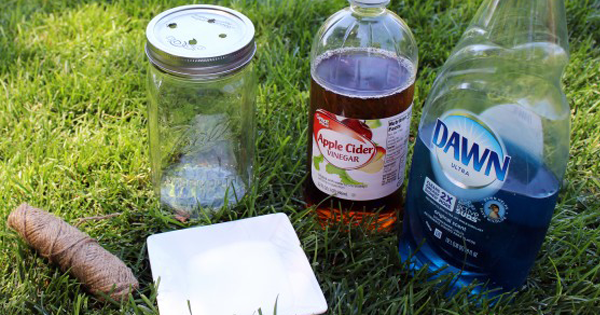Advertisement
After a particularly grueling workout, you might be feeling sore, overly tired, or you might even be experiencing a little muscle weakness. You might think that means you just had an amazing workout, but there might be more to it than that.
"It’s tempting to write off fatigue or painful muscle spasms as the side effects of a particularly grueling workout or a tough training schedule," says Carolyn Dean, M.D., N.D., author of The Magnesium Miracle. "But in fact, these are common red flags of magnesium deficiency, which affects as many as 80 percent of adults in the U.S."
That means that fitness junkies are even more prone to ignoring the signs of this deficiency. Not only that, but you lose the nutrient via sweat.
Magnesium helps push ache-inducing lactate out of your muscles after a good workout while boosting energy levels. It also lowers stress levels, protects the heart, and builds bone strength--that means that fitness junkies really need magnesium in their diet.
You might think you can just load up on magnesium gels (which you can find in health food stores) to replenish your levels, but chronic use can actually irritate your skin, Dean warns.
How do you keep your magnesium levels up? We have a few tips for you right here.
Soak your feet.
The next time the lower half of your body is particularly sore and achey, add ½ cup of Epsom salts to a large sink, bucket, or bowl of warm water and soak your feet for about half an hour. The magnesium from the salts will actually be absorbed through your skin, easing calf cramps and calming your mood.
Drink more "green" juice.
Dean says that "modern soil contains less magnesium than it once did, which means our food does as well" but you can still boost your intake through food. The foods with the most magnesium include dark, leafy greens, nuts and seeds, seaweed, and dark cacao chocolate. It might sound like a lot, but try to have five servings a day. If you have a hard time with that, just add dark caocao to your next smoothie. Play around with portions so you don't get bored.
Start taking supplements.
According to Shape Magazine, "The recommended intake for magnesium for women is 310 to 320 mg (350 mg if you’re pregnant), but research shows that fit women may need 10 to 20 percent more to make up for what they lose via sweat." If you're starting out, try taking magnesium citrate as it is most easily absorbed into your system, like GNC Super Magnesium 400 mg. Some women, however, find that this can cause upset stomach, so Dean suggests taking it in powder form. "Add the recommended daily dose to a water bottle, and sip slowly throughout the day."
What do you think about all this? Let us know what you think in the comments!
Photo Copyright © 2014 Tumblr




